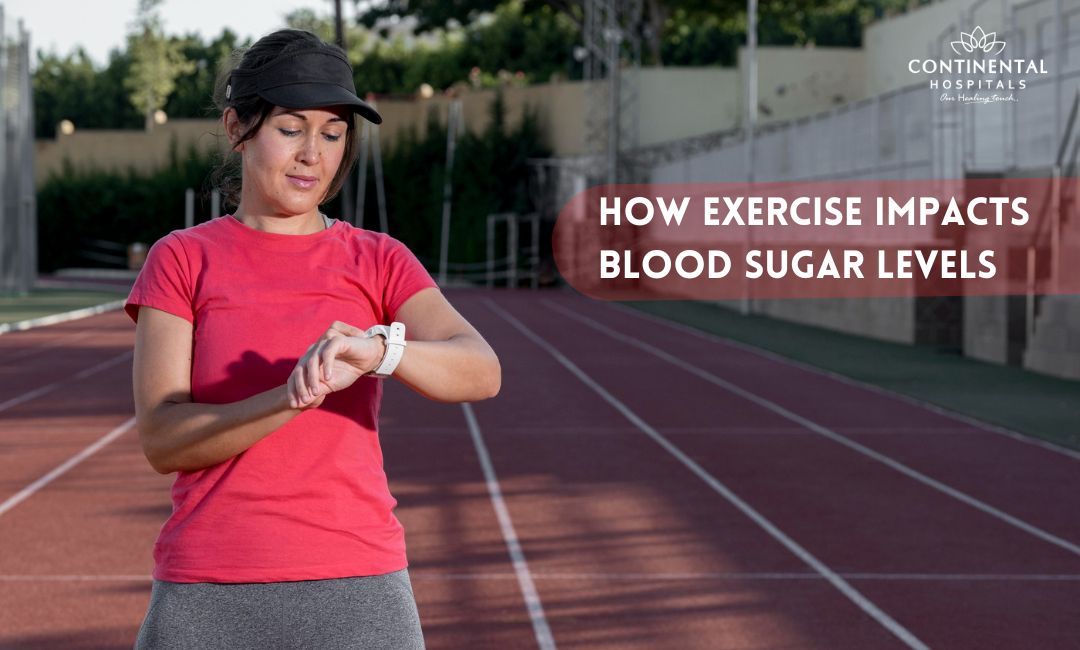When it comes to maintaining a healthy lifestyle, exercise plays a pivotal role. For individuals with diabetes or those who are at risk, understanding how exercise impacts blood sugar levels is crucial. This blog will explore how physical activity affects blood sugar before, during, and after exercise, how it interacts with insulin, and how you can manage your blood sugar effectively while working out.
Blood Sugar Levels Before Exercise
Before diving into exercise, it's essential to know what your blood sugar levels are. Your body relies on glucose (sugar) in the blood for energy, so the level of sugar in your bloodstream can influence how well you perform during your workout.
Generally, a blood sugar level of 70-130 mg/dL is considered normal for most people before exercising. If your levels are too low (hypoglycemia), you might feel dizzy, shaky, or weak, which can hinder your performance. On the other hand, if your levels are too high (hyperglycemia), you may experience fatigue, increased thirst, and frequent urination.
Why Check Your Blood Sugar?
Checking your blood sugar levels before exercising helps you understand how your body responds to physical activity. This is particularly important for people with diabetes, as exercise can cause blood sugar levels to fluctuate. Knowing your levels enables you to take appropriate action, whether that means eating a small snack to raise low levels or waiting to exercise until your levels come down if they are too high.
🥗 Healthy Plate Challenge
🍽 Add Your Favorite Dish
Pick Your 6 favorite foods, eat, and see the results.Drag & drop foods onto your plate.
Drop Food Here
What to Do if Blood Sugar is High or Low?
Low blood sugar (under 100 mg/dL): Eat a small, carbohydrate-rich snack (15-30 grams of fast-acting carbs) and wait 15 minutes. Re-check your blood sugar to ensure it has risen to a safer level before exercising.
High blood sugar (over 250 mg/dL): Delay exercise until your levels come down, and consider checking for ketones in your urine. If you find ketones, avoid exercise and seek medical advice, as working out with high blood ketones can lead to complications.
Managing Your Blood Sugar Levels When Exercising
Once you know your starting blood sugar level, it's time to manage it throughout your workout. Here are some practical tips to help you maintain a stable blood sugar level while exercising:
Choose the Right Type of Exercise: Different exercises affect blood sugar levels in various ways. For example, aerobic activities like jogging, swimming, or cycling can lower blood sugar levels, while high-intensity interval training (HIIT) can temporarily raise them. Find the right balance based on your body’s responses.
Start Slow and Build Up: If you are new to exercise, start with light activities such as walking or stretching. As your fitness level improves, gradually increase the intensity and duration of your workouts.
Stay Hydrated: Dehydration can lead to higher blood sugar levels. Make sure to drink plenty of water before, during, and after your workout.
Eat Smart: If you’re exercising for an extended period, consider consuming a balanced snack that combines carbohydrates and protein. This can provide a steady release of energy without causing significant spikes in blood sugar levels.
Listen to Your Body: Pay attention to how you feel during exercise. If you experience symptoms of low blood sugar (like dizziness or shakiness), stop and check your levels. You may need a quick snack to bring them back into a safe range.
Blood Sugar Levels After Exercise
After your workout, your body continues to burn glucose for energy, and this can affect your blood sugar levels. Here’s what you can expect:
Blood Sugar Drop: In many cases, blood sugar levels will decrease after exercising. This is especially true for aerobic activities, as your muscles continue to use glucose for recovery.
Monitoring is Key: It’s essential to check your blood sugar levels after exercise, especially if you have diabetes. This will help you determine how your body responds and if you need to eat something to keep your levels stable.
Recovery Nutrition
After your workout, refueling your body with the right nutrients is vital. Eating a snack or meal that includes carbohydrates and protein can help restore your energy levels and stabilize your blood sugar. For example:
- Banana with Peanut Butter: A quick source of carbohydrates and protein.
- Greek Yogurt with Berries: A tasty and nutritious option that also provides calcium.
- Whole Grain Toast with Avocado: A healthy fat option that can keep you feeling full.
Exercise and Insulin
For individuals with diabetes, understanding how exercise interacts with insulin is crucial. Insulin is a hormone that helps regulate blood sugar levels by facilitating the entry of glucose into cells. Here’s how exercise affects insulin sensitivity:
Increased Sensitivity: Regular exercise can improve your body’s sensitivity to insulin. This means that your body can use insulin more effectively, which can lead to better blood sugar control.
Timing Matters: The timing of your insulin doses can be critical. If you take insulin, you may need to adjust your dosage based on your exercise routine. Always consult your healthcare provider to determine the best plan for your individual needs.
Exercise Reduces Insulin Needs: Over time, consistent exercise may lower the amount of insulin you need to take. This can be beneficial for those looking to manage their diabetes more effectively.
Conclusion
In summary, exercise plays a vital role in managing blood sugar levels, especially for those living with diabetes. By checking your blood sugar before, during, and after exercise, and by making informed decisions about your workout routines and nutrition, you can optimize your blood sugar control and enhance your overall health.
.webp)














